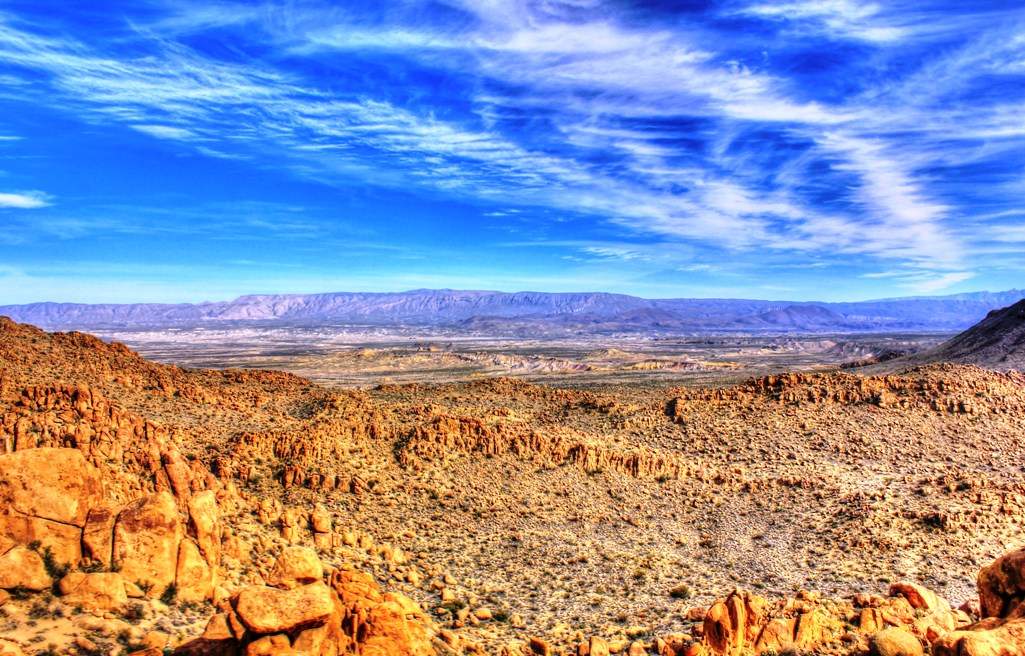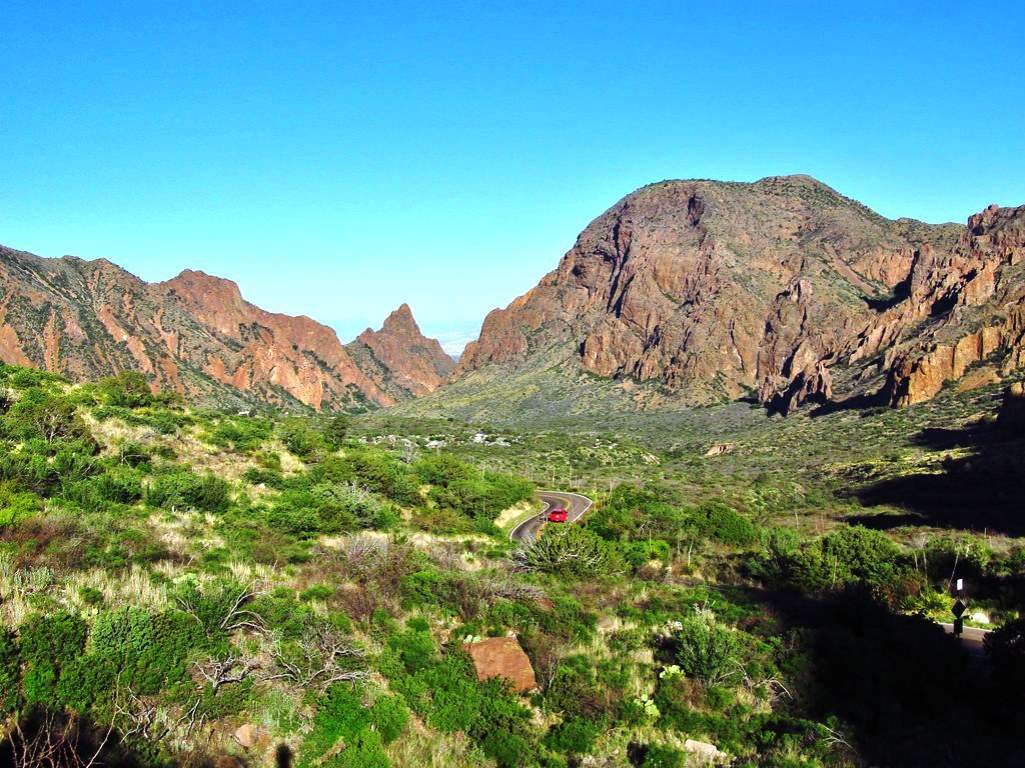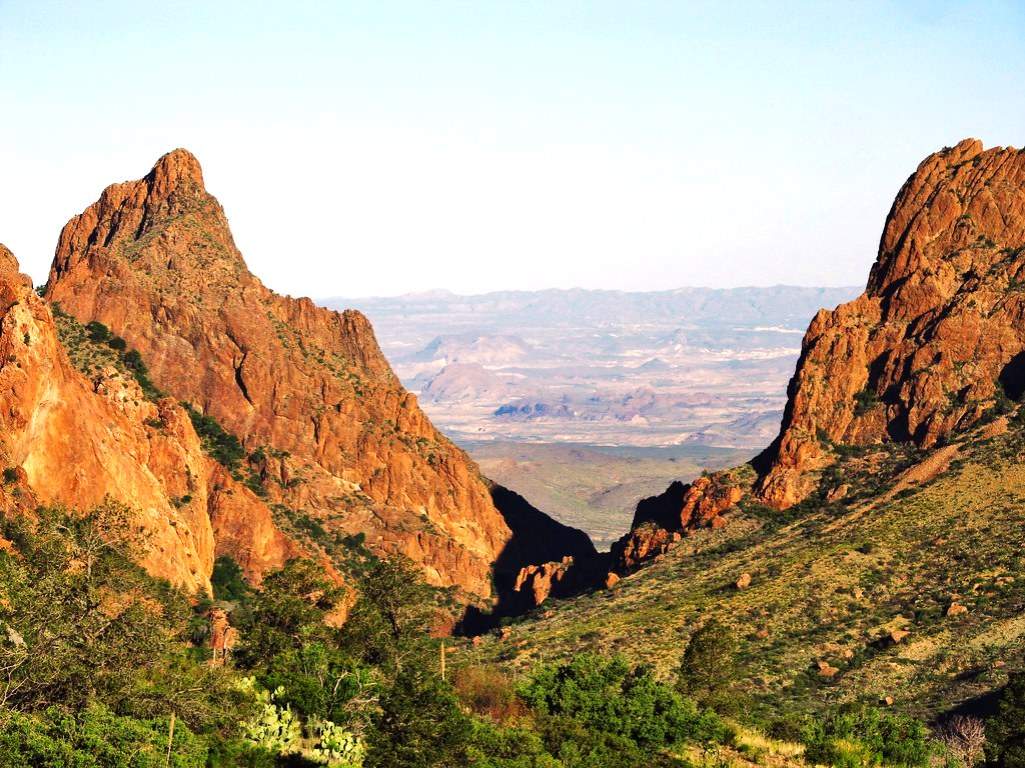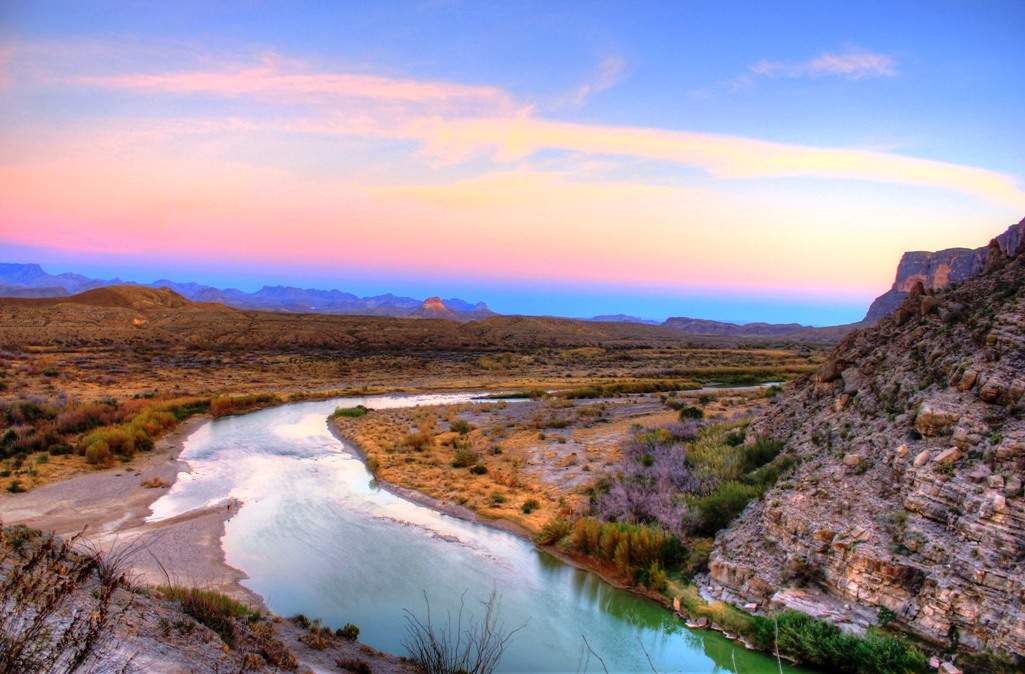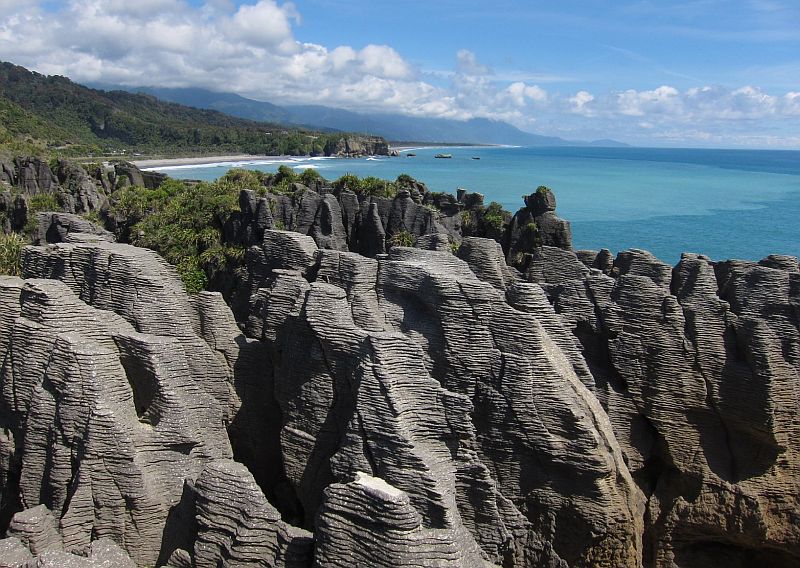Big Bend NP Texas is a southern arid land consisting of 801,163 acres and spans 118 miles of the Rio Grande River in southwest Texas. The area encompasses a variety of habitats from river floodplains, to shrub desert, grasslands, pinyon-oak-juniper woodlands, and moist conifer forests in the high Chisos Mountains. It is the only place to constantly find the lovely Colima Warbler in the United States. This remains the only known breeding locality in the United States.
Breeding Watch List species include the Flammulated and Elf Owls, Scaled Quail, Blue-throated Hummingbird, “Southwestern” Willow Flycatcher, Black-capped Vireo (a rare bird in this area), Colima and Lucy’s Warblers, Varied Bunting, Black-chinned Sparrow and Painted Bunting (Passerina ciris), that is habitat loss, cowbird parasitism, and trapping for the Mexican bird trade have reduced Painted Bunting numbers. Even though the Varied Bunting (Passerina versicolor) may be expanding its range northward in Arizona, it appears to be declining in Texas.
Other Watch List species occur here during winter and migration, including the Long-billed Curlew, Swainson’s Hawk, Olive-sided Flycatcher, Calliope Hummingbird, Short-eared Owl, Sprague’s Pipit, Virginia’s Warbler, Lark Bunting, Brewer’s Sparrow, and Chestnut-collared Longspur.
Many of the species on the park’s list occur as vagrants, including species more usually found in the Rio Grande Valley or the sky islands of southeastern Arizona. The area is mainly threatened by air and water pollution degraded visibility and water quality, and spoiled vegetation.
Thus, the water diversion to urban areas from the Rio Grande and its tributaries reduces water flow and increases the concentration of pollutants in the remaining water, stressing both vegetation and wildlife. Reduced flows and drought have reduced the breeding success of some birds, including the Black-capped Vireo.
Big Bend was first protected as a State Park in 1933 and later established as a National Park in 1944. The National Park Service has in recent times proposed adding a neighboring 9,263-acre tract encompassing the Christmas Mountains. However, TNC has also protected the nearly 64,000 acres here. The Big Bend NP Texas is part of the largest transboundary park in North America, connecting with protected areas in Mexico, and covering more than two million acres in total.
There are actions required to reduce air pollution by cleaning up coal-fired power plants in Texas and Mexico. Also, ensure adequate water flows through the Rio Grande by restricting water diversions upstream. Therefore, add the Christmas Mountains to Big Bend NP Texas.
Related Reading – Santa Elena Canyon ! Most inspiring natural feature in Big Bend National Park.
